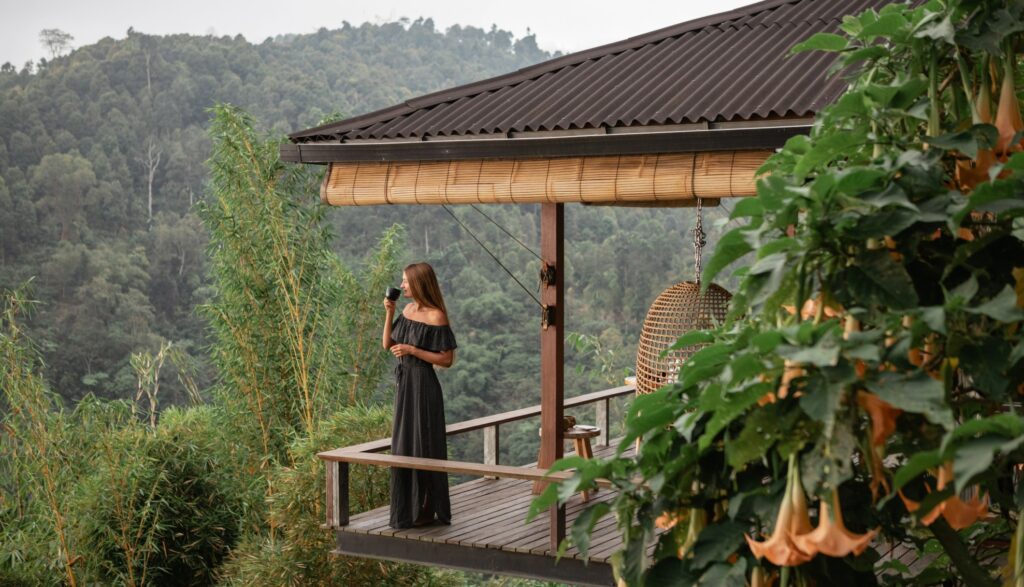Affluent travellers are setting the tone for global tourism in 2025, and their preferences are forcing a strategic rethink across the industry.
New analysis from Visa shows that high-earning households are not only more resilient, they are steering demand toward personalised, off-the-beaten-path experiences a shift that travel businesses will need to reflect in product design, distribution and marketing if they want to keep pace.
Although they represent only a small share of the population, they account for as much as one in every four dollars spent on travel globally an outsized influence that explains why their behaviour now shapes airline capacity decisions, hotel openings, itinerary curation and retail mix at destination.

The headline trend is clear, while classic capitals such as London, Paris and Tokyo remain in demand, the fastest-growing destinations are away from the usual circuits. Affluent travellers are gravitating to places that combine authenticity, approachability and proximity think local cuisine and artisan culture, easier access versus crowded hubs, and shorter regional escapes that fit modern work-life patterns. Rising names in Visa’s data include Hokkaido (Japan), Mendoza (Argentina) and Mersa Matruh (Egypt), each offering distinctive landscapes and culture without the crush of mass tourism.

This rebalancing is especially pronounced among affluent travellers from emerging markets, who are increasingly favouring destinations within emerging economies themselves. The dynamic reflects both growing wealth in Asia, the Middle East and Latin America and the practicality of near-to-home luxury experiences that still feel exclusive. For the trade, that suggests a twin focus: keep the icons in the shop window, but merchandise a deeper bench of secondary cities and nature-led regions that deliver the “rare, real and reachable.”

For travel sellers, three commercial angles stand out. First, personalisation is now baseline for this segment: curated access, language-aware service and itinerary tailoring need to be standard, not premium add-ons. Second, “authenticity” should move beyond brochure copy contracts with local guides, culinary workshops and community-led experiences belong in the core product. Third, convenience wins conversion: streamlined visa advice, friction-light payment and flexible, modular trip components are decisive at the upper end of the market. These priorities align with Visa’s guidance that businesses winning affluent share lean into personalisation, authenticity, convenience and data-driven decision-making, while targeting high-growth origin markets in APAC, MENA and Latin America.

The opportunity for the trade is immediate. Package portfolios should tilt toward “alternative mainstream” itineraries that pair a marquee gateway with a lesser-known region (Rome with Umbria; Tokyo with Hokkaido; Cairo with Mersa Matruh), supported by premium air content and private transfers. Marketing should pivot from broad brand pushes to data-led micro-segments, speaking to affluent cohorts by life-stage and interest (wine, wellness, wild-nature, design) and highlighting scarce inventory and seasonal windows. And because this audience values time as much as money, emphasise effortless logistics: priority airport services, guaranteed early check-in, on-demand concierge and seamless payment.
Proximity is not always the shorthand for “cheap.” It is a preference for trips that feel rare yet reachable weekend-length luxury or one-week immersions that don’t sacrifice depth. Those who package and price for that sweet spot will capture the affluent appetite Visa’s data is now making impossible to ignore.


